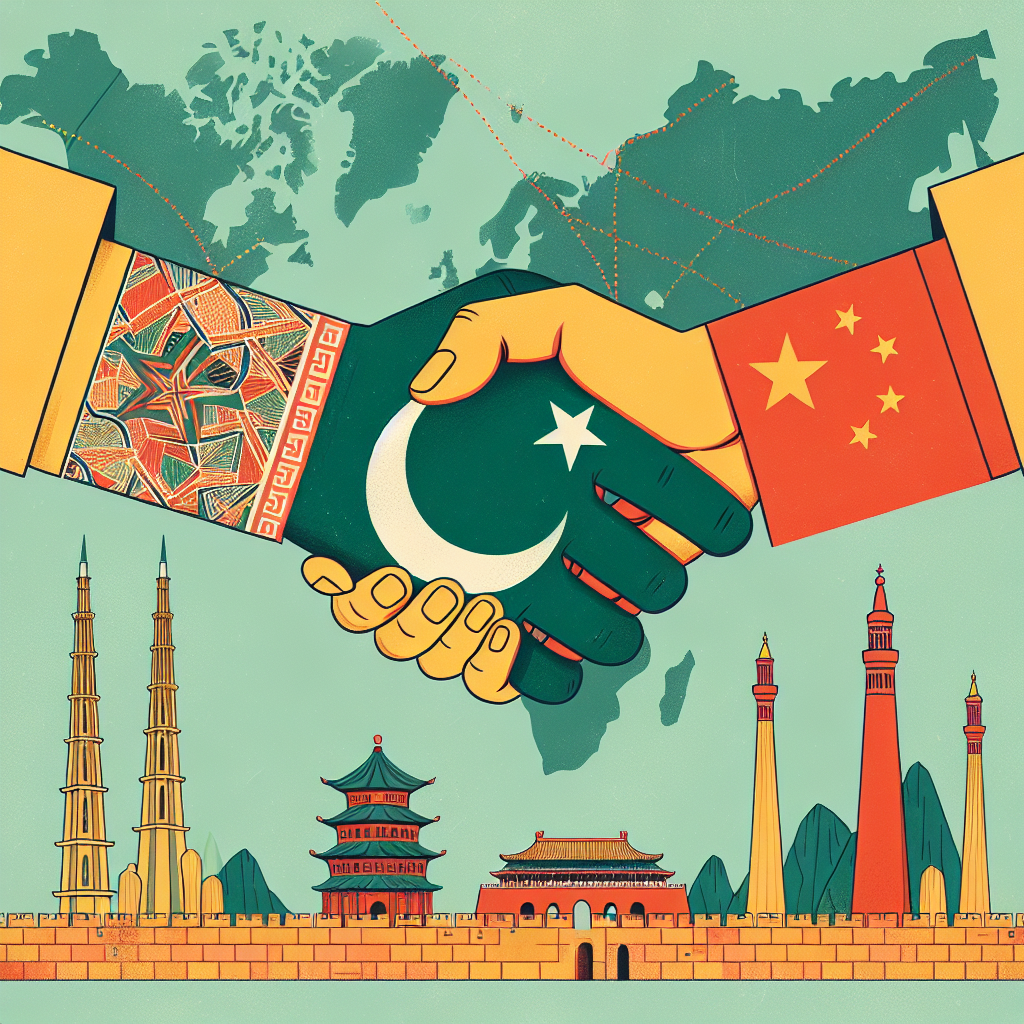China's Economic Strategy: From Multilateralism to Regional Dominance
This article discusses China's strategic shift towards multilateralism in global economic leadership, particularly in the Asia-Pacific region. Contrasted with the U.S.'s 'America First' policy under President Trump, China positions itself as a champion of free trade, leveraging its influence in regional economic forums like APEC and ASEAN.

The recent Asia-Pacific Economic Cooperation (APEC) summit in South Korea highlighted contrasting economic strategies between China and the United States. As Chinese leader Xi Jinping's limousine departed for the summit, U.S. President Donald Trump returned home, symbolizing a shift in regional influence.
China is taking a multifaceted approach to trade, promoting multilateralism and positioning itself as a champion of free trade through diplomatic engagements and strategic economic planning. In contrast, the U.S. under Trump's 'America First' agenda focuses on bilateral deals, often accompanied by trade barriers.
China's strategy involves strengthening its regional ties by updating trade agreements, such as the upgraded China-ASEAN free trade deal, while many Asia-Pacific nations remain wary of China's dominant posture. Nevertheless, China's consistent regional presence underscores its long-term plan to integrate these economies into its sphere of influence.
ALSO READ
-
Strategic Alliances: U.S. Boosts Indo-Pacific Ties Amidst Rising Tensions
-
U.S. Travel Advisory Warns Against Niger Visit
-
U.S. and Philippines Forge New Military Task Force Amid South China Sea Tensions
-
China and Canada Pledge to Strengthen Ties Amid Trade Challenges
-
Shifting Power: China's Multilateral Play at APEC









